During my 10+ years in Japan, I’ve been stopped countless times in Tokyo by people from all over the world asking questions about how to get the best out of their time traveling in Japan. I’ve also had the pleasure of serving as tour guide to many friends, family, friends of friends, and even people I met in coffee shops the day before (Hi Mike!). Through my numerous encounters with a wide variety of travelers, I’ve realized that many of these tourists had the same questions and concerns—and the answers to these questions could, in some cases, have saved them hundreds of dollars and a huge amount of unneeded stress (you’re on vacation – stress is meant to be kept to a minimum).
For the ease and comfort of those who’ve braved the long flight over to Japan, I’ve created the following “Top Ten” tips for those coming to Japan for the first time. If you have any follow-up questions, please don’t hesitate to leave a comment!
Let’s start the countdown….
10. Go to a Japanese hot spring (especially if coming in the winter)
I left this as #10, but, honestly, for those who are comfortable, I would move this up the ranks of things to do in Japan, as it is one of the most interesting cultural experiences and a perfect way to relax after a long day of exploration or skiing in the mountains. In short, Japanese people wash themselves while sitting on short stools before soaking in the larger baths together while wearing towels on their heads to help with the heat. Usually, this is done without swim wear and the baths are gender segregated. Many hot springs are located throughout Japan and include cold and hot indoor and outdoor baths. Some also boast special “water from the purest springs” or water that contains certain minerals certain to rejuvenate your skin. For those traveling with friends, it may be quite the shock to go in naked with your good friends and soak together with the rest of the hot spring bathers, but you will soon realize that to the Japanese, this is normal as, well, taking a bath.

A casual hot spring experience – this one is bigger than average
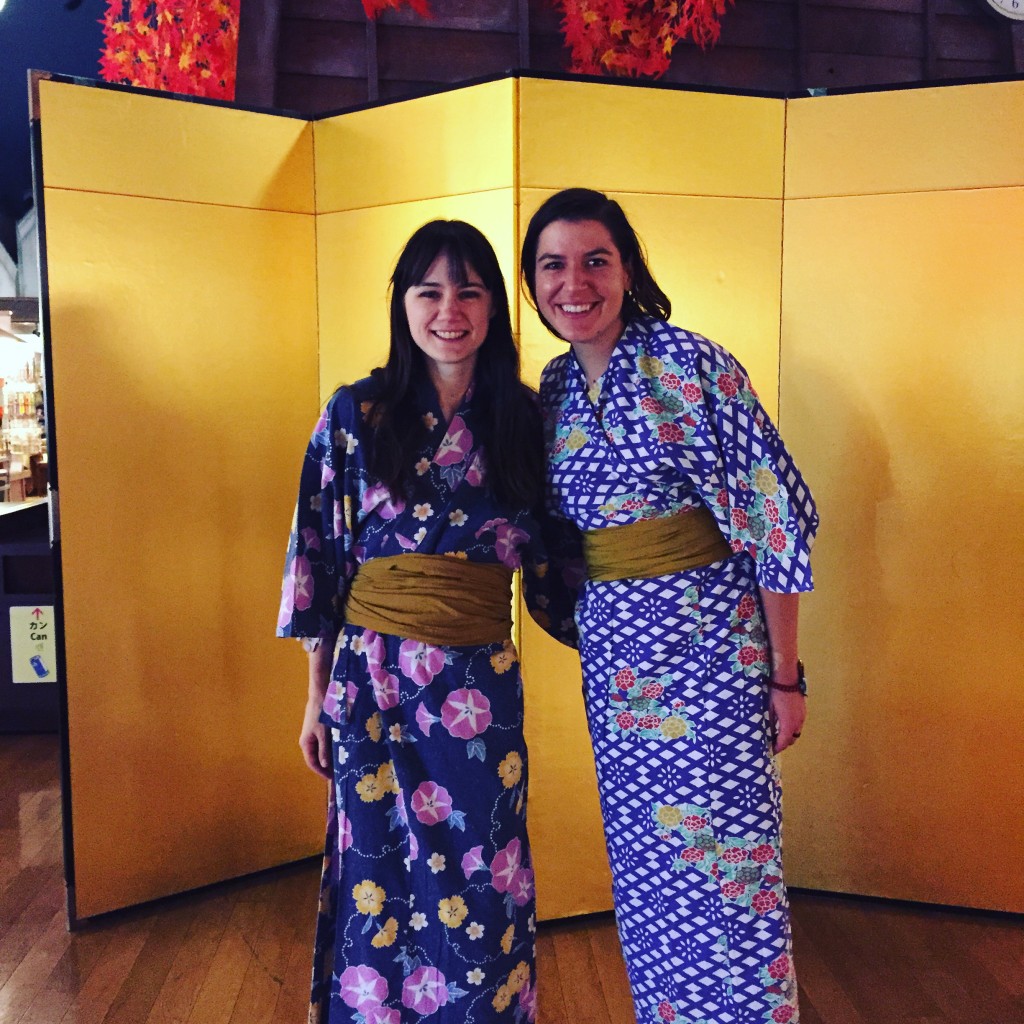
Me on a day out with a friend before getting into the hot spring
9. Go to Kyoto
I’ve met them – those people who come to Japan and only plan to see Tokyo or go snowboarding in Nagano or Hokkaido. Let me urge you, though, Kyoto truly is a cultural treasure and is an absolute must-see when coming to Japan for the first time (because who knows, for sure, if you’ll be able to come back or when it may next be). If you only have one chance, you may choose to time it to be when the cherry blossoms are in full bloom or when the fall leaves are at their most colorful (please book at least six months in advance for a hotel for this season), but Kyoto is truly beautiful and fascinating in all seasons. See the temples, walk down the tree-lined canals, catch a geisha or maiko (geisha’s apprentice) walking gracefully down the street, stay in a traditional Japanese ryokan (inn) – don’t miss it!
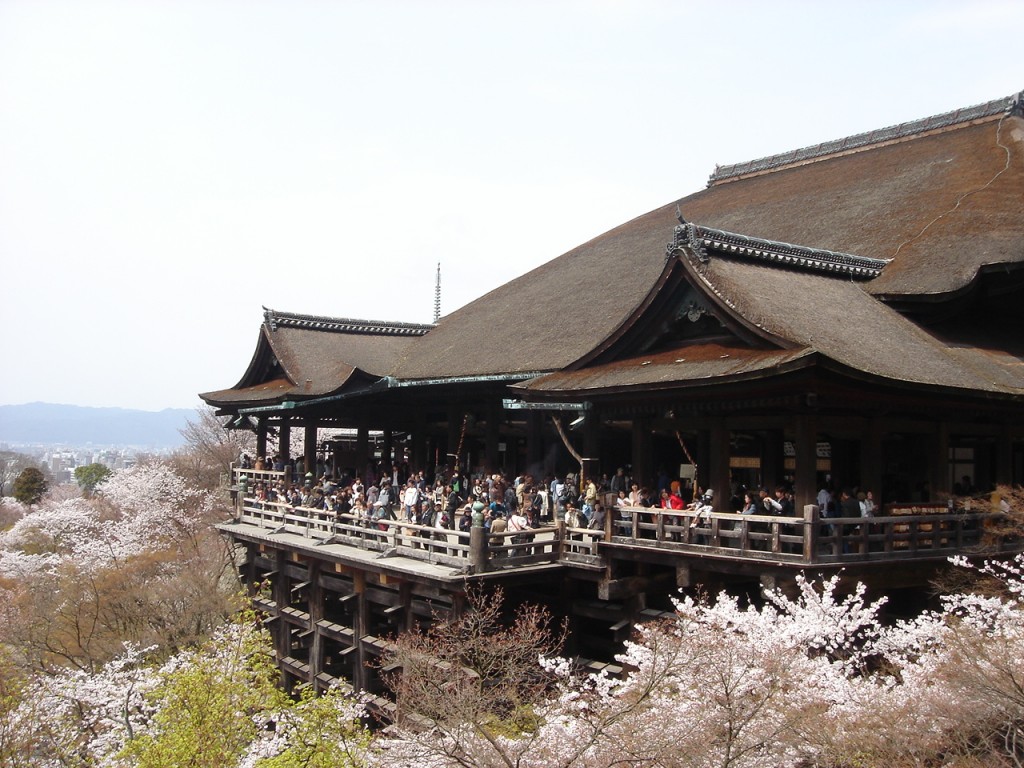
Kiyomizudera, Kyoto, Japan – one of the must-see temples
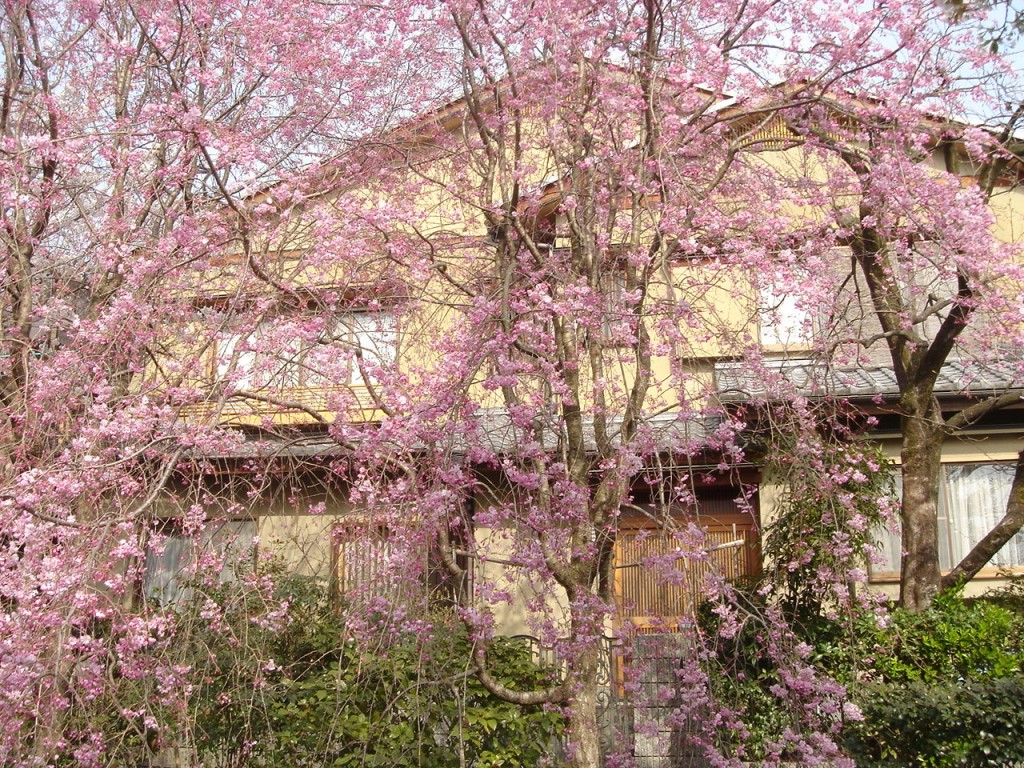
Along the Philosopher’s Path on an April afternoon, Kyoto, Japan
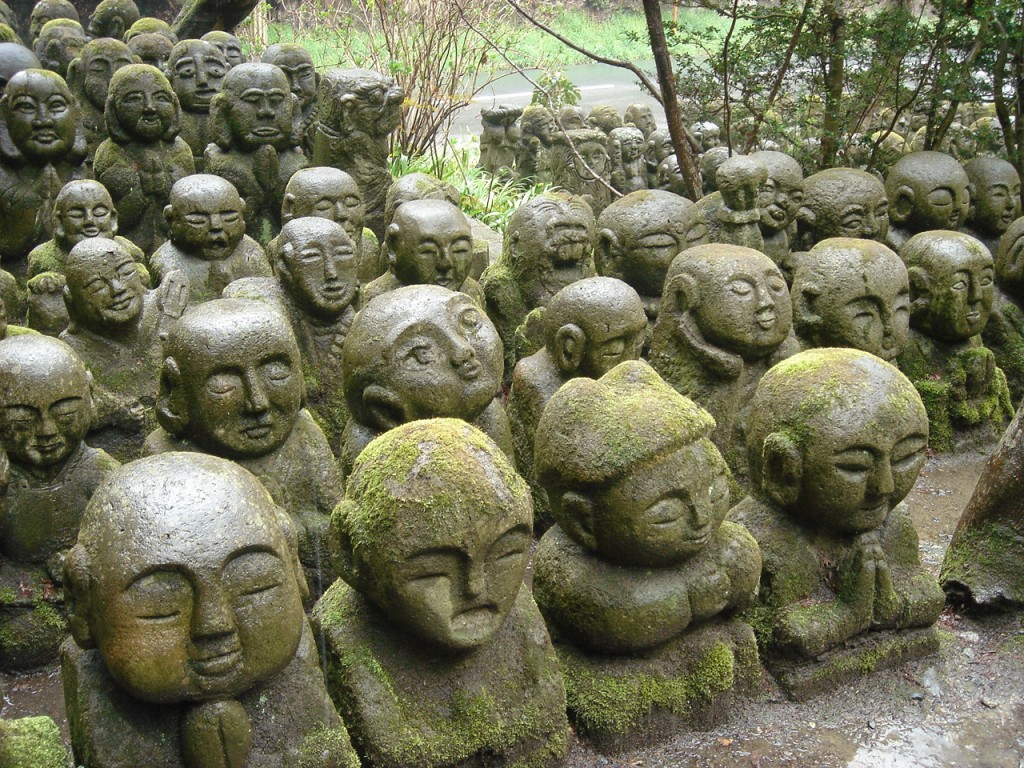
One of Kyoto’s many hidden places – can you find it?
8. Convenience stores are really that convenient.
I don’t know your exact expectations of a convenience store back home, but Japan undoubtedly has the most “convenient” of convenience stores in the world. Being a country that makes every plastic bag with a little groove at the bottom making them always easy to open (image), this is a country that spends countless hours thinking of ways to up the convenience game.
Most Japanese convenience stores are open 24 hours a day, and the major chains (including Family Mart, 7-Eleven, Lawson’s, and Sunkus) will always include ATMs, copy machines that also allow for printing photos, scanning, and faxing, basic postal service and domestic package delivery options, a machine for buying tickets to sporting events, concerts, and museums. The convenience store food, while still being unhealthy compared to what you could get in a restaurant, is much “healthier” than what a U.S. convenience store would offer, for example. Try one of the “mans” (rhymes with “bond”), steamed buns with a variety of flavors available including pork, curry, vegetable, and pizza!) or a wide array of cold drinks and chocolate bars with flavors you’ve never seen before. I like to go through the ice cream section myself.
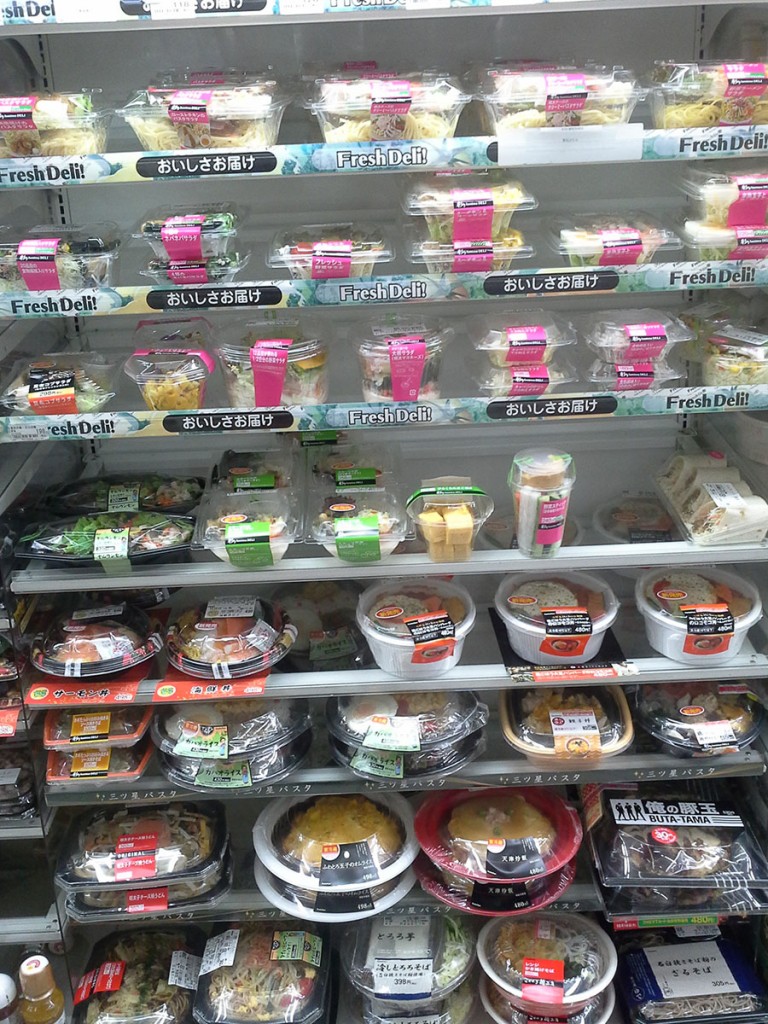
7. Invest in some sexy socks, or buy some on Day 1 in Japan
If you are going to be visiting some local Japanese restaurants while visiting in Japan, you are definitely going to be required to remove your shoes at the door and place them on a shelf or in a box and be left with your socks or your bare feet to stuff under the table or shift from side to side on full display for your friends to see.
Here are two major chains where you can find some fun and/or sexy socks in Japan:
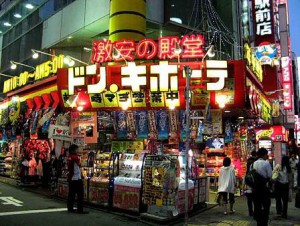
Don Quijote (that’s what that sign says) – located throughout Japan and offering a wide variety of exciting merchandise including Japanese-themed socks

Japanese sock chain located throughout Japan, a friend referred to this as “sock lingerie” and I don’t disagree
6. Eat that fish – it’s going to be more than ok
The food in Japan has got to one of the hardest things for people to adjust to when they visit Japan. The first time that my Mom came to Japan, she insisted that we eat at McDonald’s for breakfast, Wendy’s (another U.S. hamburger chain) for lunch, and Kentucky Fried Chicken for dinner on the first day. Food that you do not recognize is scary. Allergies are also a thing, a legitimate thing. That, of course, will not change in Japan. If you are allergic to seafood, Japan seafood will give you just the same reaction.
However, if you are a picky eater and have generally always avoided strange food, especially in the sushi/seafood department, I challenge you to try sushi (especially the sushi) just once in Japan and prepare to be dazzled (or, if nothing else, you can pat yourself on the back at end for trying it). The sushi in Japan is like nothing else from anywhere else in the world. The freshness of the seafood, the attention to high-quality ingredients in Japan, and the care and sanitation in food preparation is on a different level than what you are used to back home. The attention to high-quality ingredients and food preparation holds true across the board for the most part in Japan, so take your taste buds for a ride here and they won’t likely regret it. In general, Japanese food is also fairly neutral in terms of spice, so you will not be faced with food that is too spicy (except the wasabi – no, no it is not guacamole – learned that the hard way!). I can’t promise you that you won’t find yourself with some weird textures in your mouth such as this salmoe roe (salmon fish eggs), but you won’t that make a fun story for back home?
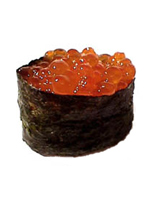
Salmon Roe (known as ikura in Japanese). Roe are fish eggs.
Stay tuned in an upcoming post for the top foods to try when visiting Japan.
5. How to say thank you in Japanese (more complicated than you think)
Just like “thank you” has a different connotation than “thanks”, “thank you very much” or “ta,” Japanese works the same way. In Japanese, the base word for thank you is “arigatou” – ah-ree-gah-toe (有り難う), but only saying “arigatou” is kind of like saying “Thanks” in English. It should be avoided when saying thank you in shops, restaurants, and people older than you because it’s considered too informal.
The best phrase to use in all situations while visiting Japan is “arigatou gozaimasu” -ah-ree-gah-toe go-zai (rhymes with eye)-moss (有り難うございます). This is the equivalent of Thank you and will work in all situations. If you want to say “Thank you for what you’ve done,” just change “go-zai-moss” to “go-zai-mosh-tuh” – “arigatou gozaimashita.”
“Doumo (dough-mo) arigatou gozaimasu” is the most polite and saying “Thank you very much.” “Doumo” by itself is also like saying “Thanks” and is considered too informal.
4. Finding ATMs in Japan —7-Eleven and the Japan Post Office
I have helped several people on the street with this one including someone who followed me into my local Japanese bank, assuming that I was a tourist and that it must be possible to use the ATM there for travelers. As a visitor to any country, it is essential to know where to get more cash, especially if staying outside of the main tourist areas where it can be hard to find a money exchange office.
The two best places to get your money in Japan are at any 7-Eleven convenience store (not Family Mart, Lawson’s, Sunkus, or others) or ATMs located next to Japan Post Office. While there are plenty of 7-Eleven convenience stores in Tokyo, they are not so frequently located throughout the country, so it will also be helpful to know the symbol for the Japan Post Office.
Japan Post Office ATMs are open from different times based on the size of the post office and the day of the week. On Sundays, depending on the post office, the ATMs may also be unavailable. Major post office ATMs are typically open from 07:00-23:00, medium-sized offices are open from 08:00-20:00, and small post offices may be open 09:00-16:00. There is also a JPY 100,000 limit per single transaction from Japan Post Office ATMs. Please keep these things in mind when using Japan Post Office ATMs in Japan.
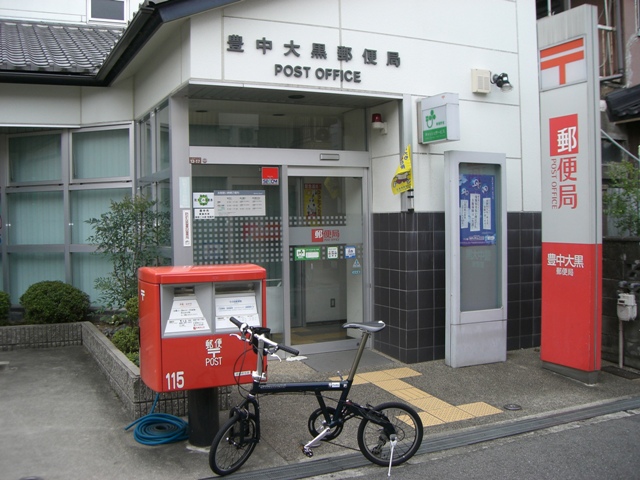
The Japan Post Office – Notice the Red T symbol
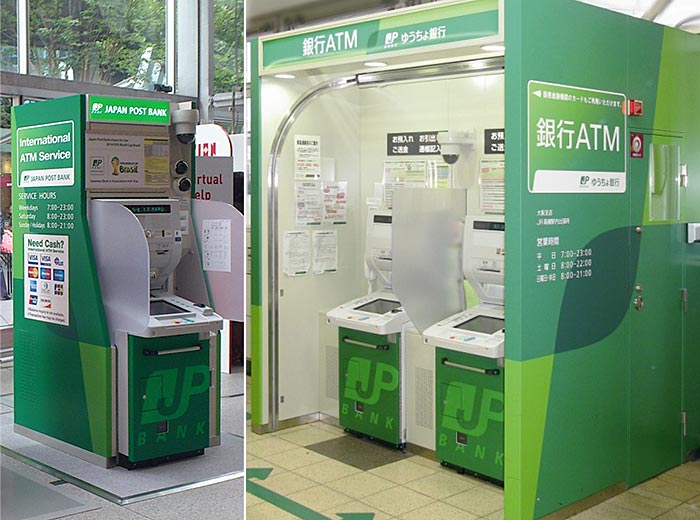
Japan Post Office ATMs – English is available
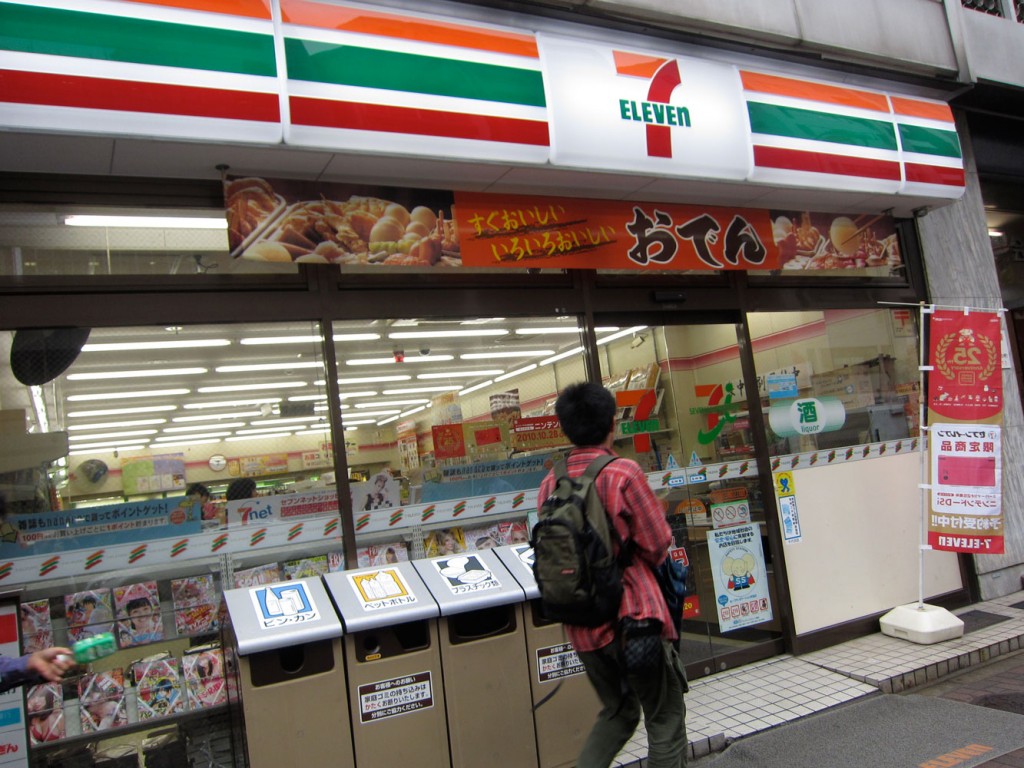
7 Eleven – Get Your Japanese Yen Here!
3. Sumimasen! (すみません)! – The most useful word in Japanese!
When you are first traveling to Japan, there is one word in Japanese that is going to, literally, allow you to survive! This is…sumimasen (すみません)! Say it with me now….sue…me..moss..sen (rhymes with zen). Now say it quickly! Sumimasen.
Why is this so important? In Japan, you will not get any service at restaurants or shops unless you ask for it. For a waiter or waitress to take your order, you will first need to shout “Sumimasen” (sometimes, it literally will require a shout in a noisy bar or lively restaurant) and they will then come running over. Basically, if you want to eat while you’re in Japan, you’re going to need this phrase.
Besides using “Sumimasen” to get attention, you will also need it say “Excuse me” or “I’m sorry” when bumping into someone or brushing past someone in a train station, elevator, etc. This will definitely make you seem more polite and the locals will appreciate your attempts to appropriately apologize.
Write it down and practice – Sumimasen! It will get you access to all of that amazing Japanese food and help you start conversations with the locals.

2. Pasmo or Suica when in Tokyo
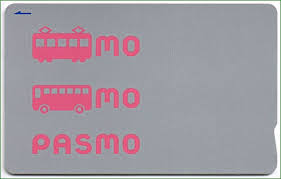
Pasmo card
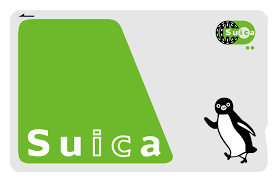
Suica card
I recently ran into a group of nine traveling together at my home station in Tokyo, which included four children. Hopelessly lost in the train station, which has two different train lines on three different levels, one of the fathers tapped me on the shoulder and asked me for help in getting to the train station closest to their hotel. I showed him my Pasmo card and asked him if he had one. Looking confused, he quickly said, “No” and I guided him to the train ticket machine, where I helped him buy three adult tickets at a time and four separate child tickets (the machine allows you to buy only three adult tickets at one time with cash or one adult and one child together, two adults and one child, etc.). In the end, we had to make four separate transactions, and this group was going to likely need to adjust all of their tickets and pay surcharges to exit the train station at their final destination. Confusing, right? Right!
With the Pasmo or Suica card in Tokyo, which requires a 500 yen ($4.50) to buy the card and a 500 yen deposit to begin using the card (Suica requires a 1,500 yen deposit), you will only need to buy this card, put money on the card, and then tap the card at ALL ticket gates to get in and out of train stations. You will not need to figure out how much it will cost from place to place or have to put your ticket into a machine and pay the adjustment to get a new ticket to exit the ticket gates. You will only need to recharge the card each time that you run out of money and this can be done in 500/1,000/2,000/5,000/10,000 yen amounts. Originally, Suica was the only card available and only worked on Tokyo metro lines. Pasmo appeared later as an option and was initially accepted on different train lines. Now, the two are generally interchangeable and function in exactly the same way. They are kind of like Pepsi and Coke. They both serve the same general function, but some may prefer one over the other for aesthetic purposes or particular love for penguins vs. robots (the Suica and Pasmo official mascots) or vice versa.

Suica vs. Pasmo – The mascot showdown
Not only are Pasmo and Suica useful on all train lines throughout Tokyo, it is also accepted on almost all local Tokyo buses! It can be very confusing for tourists traveling on buses in Tokyo regarding payment, being able to swipe your Pasmo or Suica when you exit makes it so much simpler!
Finally, many vending machines and convenient stores in Tokyo also accept payment via Suica or Pasmo card! This has definitely saved me when I’ve forgotten my wallet and only had my Pasmo card.
Note: It is possible, upon departing from Tokyo, to get your 500 yen back that you initially paid to get your Pasmo/Suica card, but many tourists opt to keep their cards as souvenirs or use it again when they return to Tokyo in the future. If you do want to return it and get the remaining balance on your card back, just go to the ticket office at any train station. You will need to sign a form and hand over your card.
1. The JR (Japan Railways) Rail Pass
If you are planning to travel outside of Tokyo while visiting Japan, this is the #1 tip for you and will definitely save you the most money. The JR Rail Pass is a 7-, 14-, or 21- day pass that can purchased only BEFORE arriving in Japan for non-Japanese nationals and people entering Japan with the status of “Temporary Visitor” visiting for tourism for less than 90 days (please note: other short-term visas to Japan will be ineligible for getting this rail pass).
The JR Rail Pass will give you access to all trains operated by the public Japan Railways (JR) system. There are several other trains, especially in big cities like Tokyo, Osaka, Kyoto, etc. that are privately owned and will require additional fees. HOWEVER, the JR Rail pass does allow access on two of the three different types of high-speed bullet trains that run throughout Japan.
There are two types of JR Rail Passes available for the following prices:
Ordinary Pass – Adults (Kids):
7-Days $260 ($130)
14-Days $416 ($208)
21-Days $529 ($265)
1st Class Green Car Pass – Adults (Kids):
7-Days $349 ($175)
14-Days $562 ($281)
21-Days $733 ($367)
(“Green Cars” are only available on high-speed bullet trains and certain express trains in Japan. They are restricted only to people holding Green Car reservations. While not often purchased by tourists coming to Japan, the extra space, hot towels, and occasional free drinks that they provide, along with being generally less busy than “ordinary” cars can make them very attractive for tourists coming during the busy travel periods in May, August, and September.)
Without a JR Rail Pass, the cost of taking a bullet train (one of the great experiences while traveling in Japan) adds up very quickly. A one-way ticket from Tokyo to Kyoto, for example, on the slowest bullet train will cost about $90 with current exchange rates ($180 return). Even if you only go from Tokyo to Kyoto, you’ve already almost paid the cost of the JR rail pass for this one trip. As many people also go to Osaka and Nara while visiting Kyoto, this pretty much pays for the cost of the 7- day “ordinary” pass already. Once you get the JR rail pass, you also won’t have to buy tickets at the machines for JR train lines, as you only have to walk pass the train staff at the ticket gates and show your pass. This can prevent some headaches with trying to buy a train ticket on the bullet train in Japan yourself.
Here is a helpful link to buying your JR rail pass ahead of time!
https://www.japan-rail-pass.com/
Please also read the conditions of picking up your pass after you’ve arrived in Japan. You will need your passport and need to go to certain offices in Japan to pick up your pass.
https://www.japan-rail-pass.com/jr-pass
For the locations where you can pick up your JR rail pass once in Japan, please click here:
http://www.japanrailpass.net/en/exchange.html
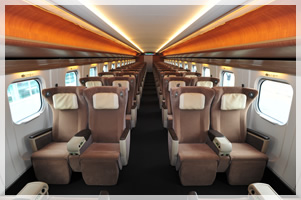
Green Car
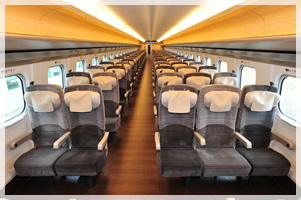
Ordinary Car
I hope you enjoyed my Top 10 tips if you’re headed to Japan for your first time. I guarantee that they will be sure to help you when planning for your trip and getting around the country.
Stay tuned for my next post on Top 10 tips for someone looking to move to Japan….
Tokyo Becky


